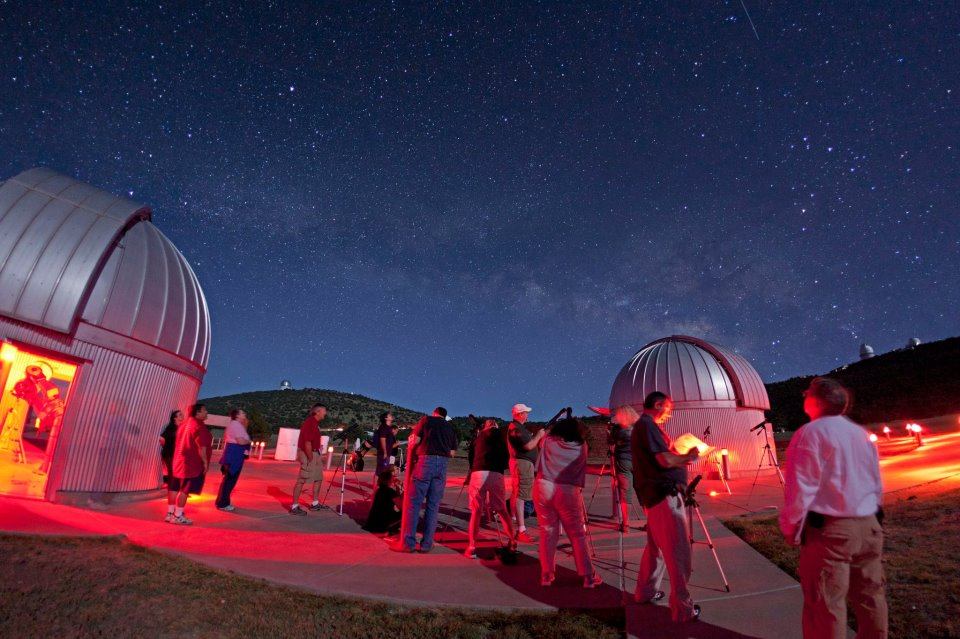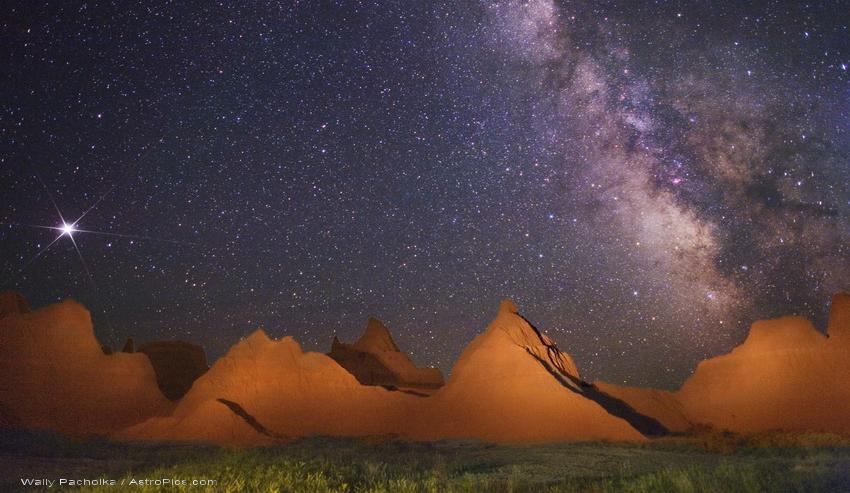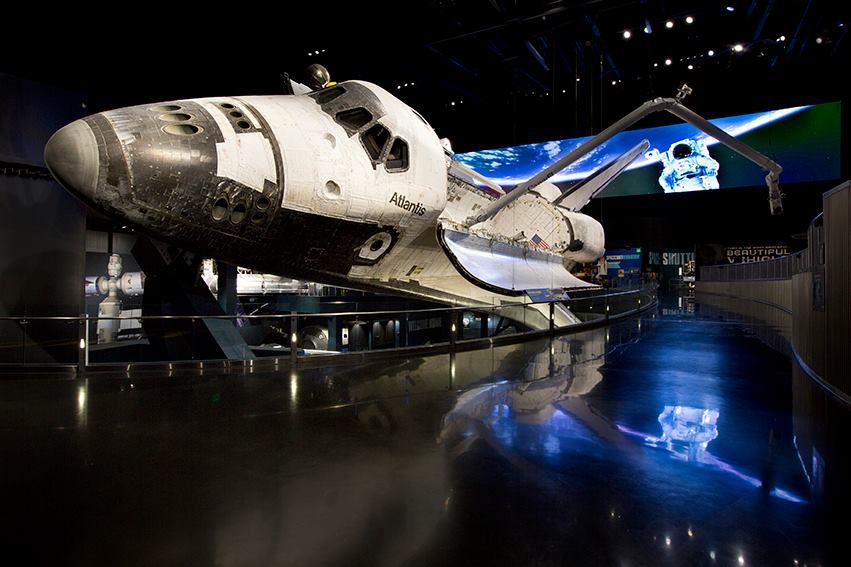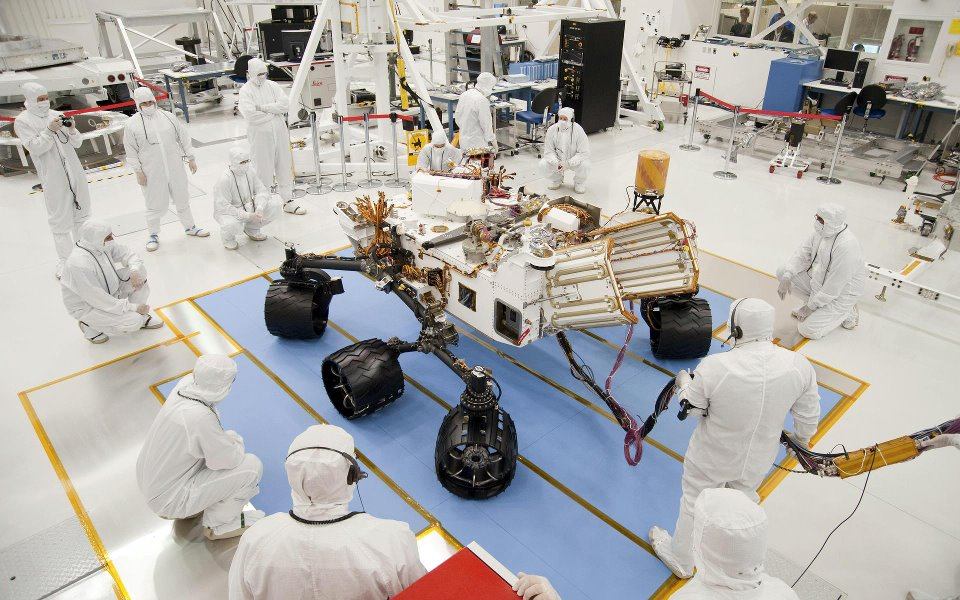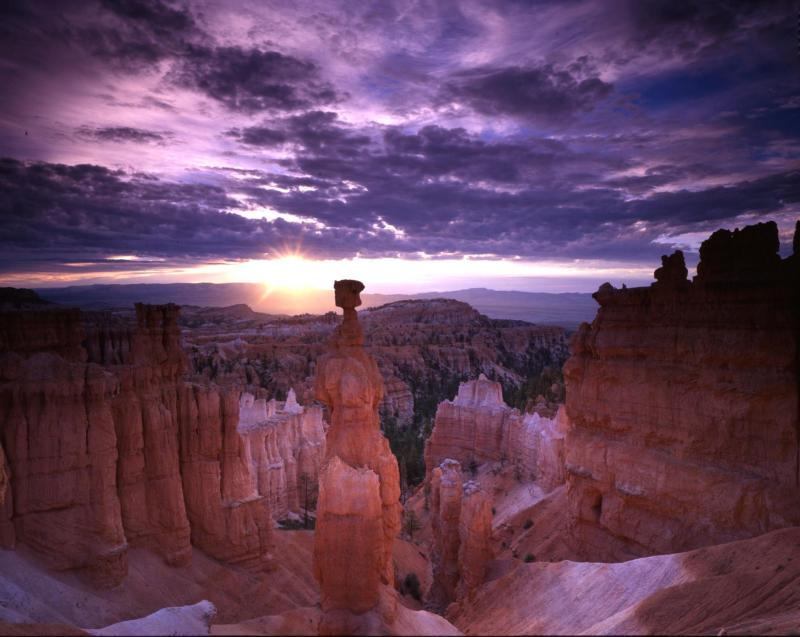Travel Tips
7 Ways to Celebrate the 45th Anniversary of Apollo 11
July 20 will mark 45 years since Neil Amstrong and Buzz Aldrin touched down on the surface of the moon in 1969. Since the dawn of the space race, traveling beyond the Earth’s atmosphere has fascinated people. Not surprisingly, a new branch of travel has emerged: space tourism.
Never one to step down from a challenge, Sir Richard Branson, founder of the Virgin Group, has created Virgin Galactic to transport travelers high enough to see the curvature of the Earth. This space travel technology is unlike anything resembling the rocket ships that take off from Cape Canaveral.
As it turns out, the Virgin Group is on to something. According to a new survey by TripAdvisor, 49 percent of travelers are interested in space tourism. Of those, 93 percent would at least think about flying on Virgin Galactic—but only if the price were right. After all, a seat costs $200,000 and requires a $20,000 deposit.
If you are looking to spend less but still celebrate the 45th anniversary of the Apollo 11 moon landing, there are other, more affordable options across the country.
Smithsonian National Air and Space Museum in Washington, D.C.
If you’re interested in learning about the moon landing, the history behind the space race, or taking a look at lunar modules up close, visit the Smithsonian National Air and Space Museum in Washington, D.C. It’s the largest of the Smithsonian’s 19 museums and is home to the Center for Earth and Planetary Studies, which is one of the Institution’s nine research centers. There are 21 exhibition galleries to choose from, including Apollo to the Moon, where you can see a large F-1 rocket, space food, a scale model of the Saturn V rocket, and personal items astronauts used in space. You can also see real lunar modules and unmanned space probes up close. Visitors can also get a sense of what it’s like to be inside a space shuttle at the exhibit Moving Beyond Earth. If you want to show off your space smarts, there’s a group quiz called SpaceFlight Academy. The Museum has daily tours, as well as 12 family days and 20 lectures each year. Regular hours are 10:00 am to 5:30 pm, and admission is free.
McDonald Observatory in Big Bend, Texas
The McDonald Observatory in Big Bend, Texas is a research unit affiliated with the University of Texas at Austin. The actual Observatory is located in the DavisMountains of West Texas, which is about 450 miles from Austin. The area has some of the darkest night skies in the continental U.S., which makes it the perfect home for some of the world’s largest telescopes. The Observatory is located on MountLocke and MountFowlkes, and has three main telescopes: The Hobby-Eberly, the Harlan J. Smith, and the Otto Struve telescope. The Hobby-Eberly has a 362-inch mirror and is used to search for planets located near stars as well as studying black holes, exploding stars, and far-off galaxies. Other telescopes are used for measuring the distance between the Earth and the Moon and tracking how much continents drift on Earth. If you’re planning to visit, check out the programs at the Frank N. Bash Visitors Center in Fort Davis. During the day, you can watch the Solar Viewing, which includes a safe and live view of the sun. Afterward, you can take a guided tour through the research areas. At night, there are Twilight Programs and Star Parties, where guests can use a variety of telescopes to look at constellations, learn more about practical uses for the stars like navigation, and discover the science behind the patterns of stars in the sky.
Night Sky Program at Badlands National Park, South Dakota
National Parks are one of the best places to go stargazing. There is often little to no light pollution, and if the sky is clear, you should be able to see the Milky Way at its finest. Badlands National Park in South Dakota is one of the best places to go stargazing in the country. On Friday through Monday nights, you can stargaze at the Cedar Pass Campground Amphitheater after the evening ranger program. Telescopes are provided, and a ranger will be available to point out planets, stars, and constellations. The 2014 Badlands Astronomy Festival takes place from July 25 to 27, and welcomes everyone from amateur astronomers to youth groups to scientists. There will be family-friendly activities like a model rocket building workshop, public stargazing, solar viewing parties, and nightly stargazing opportunities. There will also be public speakers and education activities.
Kennedy Space Center Visitor Complex in Cape Canaveral, Florida
The Kennedy Space Center Visitor Complex is at ground zero for space exploration in Cape Canaveral, Florida. Here you can see the space shuttle Atlantis up close, positioned as the astronauts saw her in space. Located around the shuttle are multimedia presentations and over 60 interactive exhibits and simulators to help you better understand how the Atlantis operated. It also details the 30-year Space Shuttle Program, which includes building the International Space Station and the launch of the Hubble Space Telescope. If you’re interested in a bit of fun, try the Angry Birds Space Encounter. It’s an interactive attraction designed for kids of all ages, and lets kids have fun while still learning about physics and space exploration. Some parts of the Encounter include solving a tile puzzle, creating your own Angry Bird, and even trying your hand at the large Eggsteroids Slingshot. Other exhibits include the largest rocket ever made, real moon rocks, exhibits about early space exploration and unmanned robot scouts, an IMAX theater, and the Astronaut Hall of Fame, an Astronaut Memorial. If all of that isn’t enough, you can even have lunch with an astronaut.
Jet Propulsion Laboratory in Pasadena, California
While the Jet Propulsion Laboratory (JPL) is currently a NASA Center, it was officially named in 1944, about 14 years before NASA was formed. JPL was started in the mid-1930s by Caltech students and rocket enthusiasts, and was later sponsored by the U.S. Army to further the development of rocket technology. Today JPL is open to the public for lectures and tours, which gives you an opportunity to talk to the scientists who work there. If you’re planning a few months ahead, you can book a private group tour. Otherwise, the Theodore von Kármán Lecture Series takes place once a month, which offers an inside look at the discoveries made by NASA in outer space. Admission and parking are free, but seating is limited. At these lectures you can hear about the ocean worlds of the outer solar system, what space probe Cassini discovered on the moons of Saturn, how NASA studies foreign soil from space, and learn more about current endeavors to discover new planets. There is also an annual Open House on October 11 and 12 of this year, which includes a life-size model of the Mars Science Laboratory, and a close look at JPL’s very own machine shop, where robotic spacecraft are constructed.
Astronomy & Night Sky Programs in Bryce Canyon, Utah
Bryce Canyon in Utah is far removed from light pollution, and its dark skies are protected by park rangers and volunteer astronomers who refer to themselves as The Dark Rangers. As a result, on a clear night you can see 7500 stars and the Milky Way extend from one horizon to the other. The Night Sky programs include a multimedia show and stargazing through telescopes. Dates and hours vary depending on the time of year, but advanced reservations are not necessary. Every summer there is an Annual Astronomy Festival hosted by the Dark Rangers, which includes educational activities and guest speakers.
Mauna Kea Observatory on Mauna Kea near Hilo, Hawaii
Located on the summit of a dormant volcano, the Mauna Kea Observatory is the largest astronomical observatory in the world. There are 13 working telescopes at the Observatory, which is 13,796 feet above sea level. If you’re planning to visit, your best bet is to go to the Visitor Information Station, which is at a lower altitude and is open every day. At the Station, you’ll find interpretive guides and Rangers to answer questions, and telescopes are available for public use from 10 am to 10 pm every day. During the day, you can also take advantage of the solar telescope, which is pointed at the sun but uses protective filters. At night, there is a daily Stargazing Program from 6 pm to 10 pm, clear skies or not. But don’t worry—the skies in Hawaii are clear 90 percent of the time. You can see planets, clusters, galaxies, double stars, nebulae, and supernova remnants.
For more information about space-inspired tourism, check out:
- Will Virgin Galactic Take Off This Year?
- 5 Unforgettable Experiences on Florida’s Space Coast
- Travel Tip: How You Can Fly to Space
- The Reality of Space Travel Today
By Stephanie Ervin for PeterGreenberg.com











